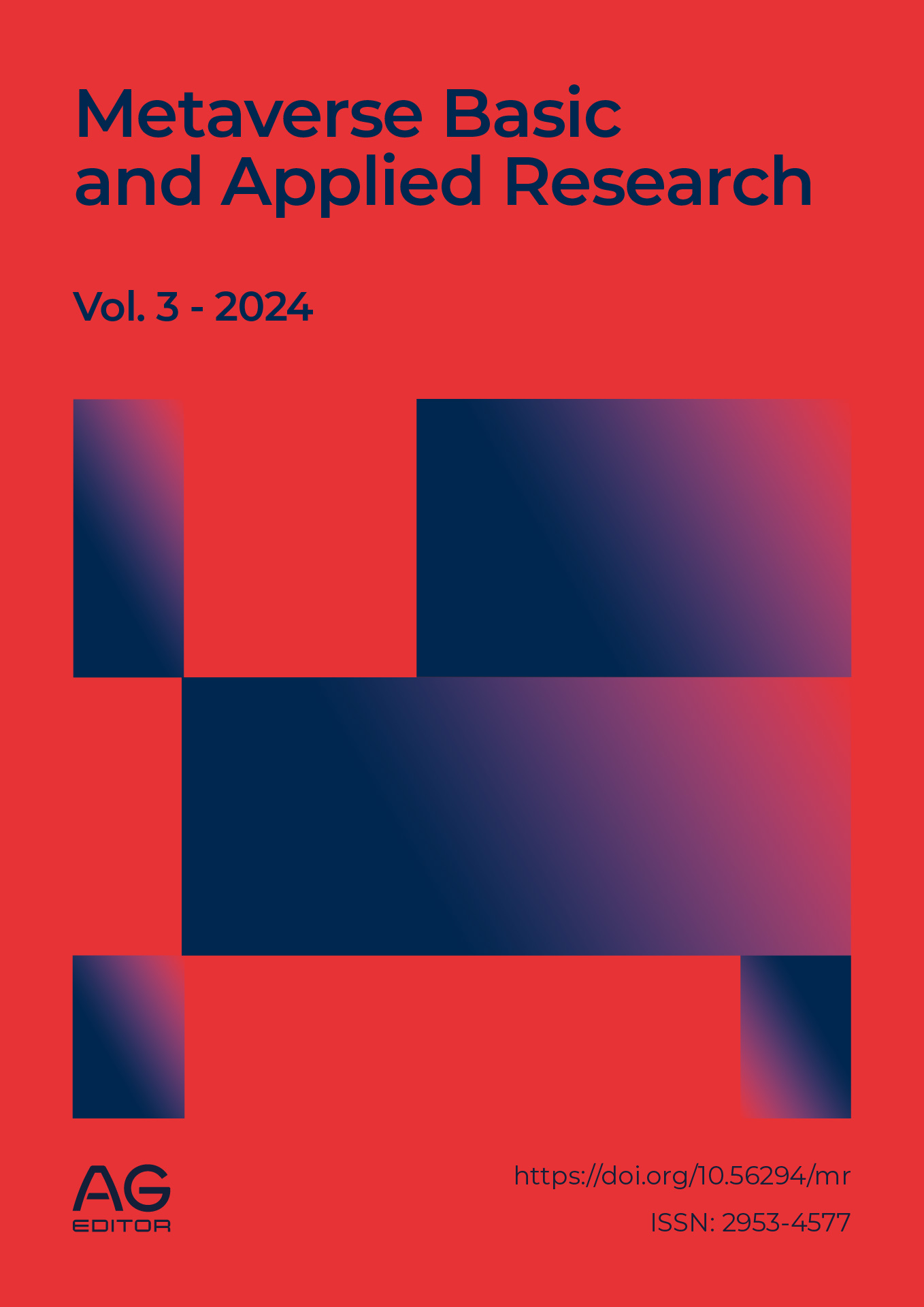The Role of Avatars in Language Learning in the Metaverse
DOI:
https://doi.org/10.56294/mr202462Keywords:
Metaverse, Avatar, MultimodalityAbstract
In the field of education, new technologies have given rise to innovative teaching methodologies to cater to digital natives. Among them, the metaverse and its emphasis on multimodality allow students to embody avatars to explore replicas of the physical world. This phenomenon democratizes access to cultural and social experiences through teleportation, challenging the limitations of the physical world. For all this to be possible, the avatar, central to this dynamic, acts as an intermediary between the metaverse and the real world, fostering three-dimensional cooperation and global interaction through automatic translation and accessibility features. Specifically, in the realm of language teaching, the avatar represents an alter ego that promotes the ideal and polysemic self, reducing social pressure and providing security to the student. On the other hand, in the learning process, the avatar promotes student autonomy, allowing for a constructivist and communicative approach. The recreation of diverse linguistic and extralinguistic contexts in the metaverse enables students to develop language and cultural competencies in an immersive manner. Furthermore, the sharing and sensory aspects of scenarios and teaching materials contribute to richer feedback, strengthening the sense of learning and student security in this three-dimensional, barrier-free environment.
References
1. Flores Galea AL. El Metaverso en la educación. La escuela inmersiva. Revista Digital. 2023;147:1-22. Available from: https://www.acta.es/medios/articulos/formacion_y_educacion/147001.pdf
2. Garrido-Iñigo P, Rodríguez-Moreno F. The reality of virtual worlds: pros and cons of their application to foreign language teaching. Interactive Learning Environments. 2015;23(4):453-470. Available from: https://doi.org/10.1080/10494820.2013.788034
3. García Aparicio V, Rodríguez Jiménez M. La construcción de la identidad adolescente en internet. Revista INFAD De Psicología. International Journal of Developmental and Educational Psychology. 2014;7(1):569–578. Available from: https://doi.org/10.17060/ijodaep.2014.n1.v7.828
4. Cáceres-Zapatero MD, Ruiz-San Román JA, Brändle-Señán G. Comunicación interpersonal y vida cotidiana. La presentación de la identidad de los jóvenes en Internet. Cuadernos de información y comunicación. 2009;14:213-231. Available from: https://www.redalyc.org/pdf/935/93512977013.pdf
Published
Issue
Section
License
Copyright (c) 2024 Rubén González Vallejo (Author)

This work is licensed under a Creative Commons Attribution 4.0 International License.
The article is distributed under the Creative Commons Attribution 4.0 License. Unless otherwise stated, associated published material is distributed under the same licence.






